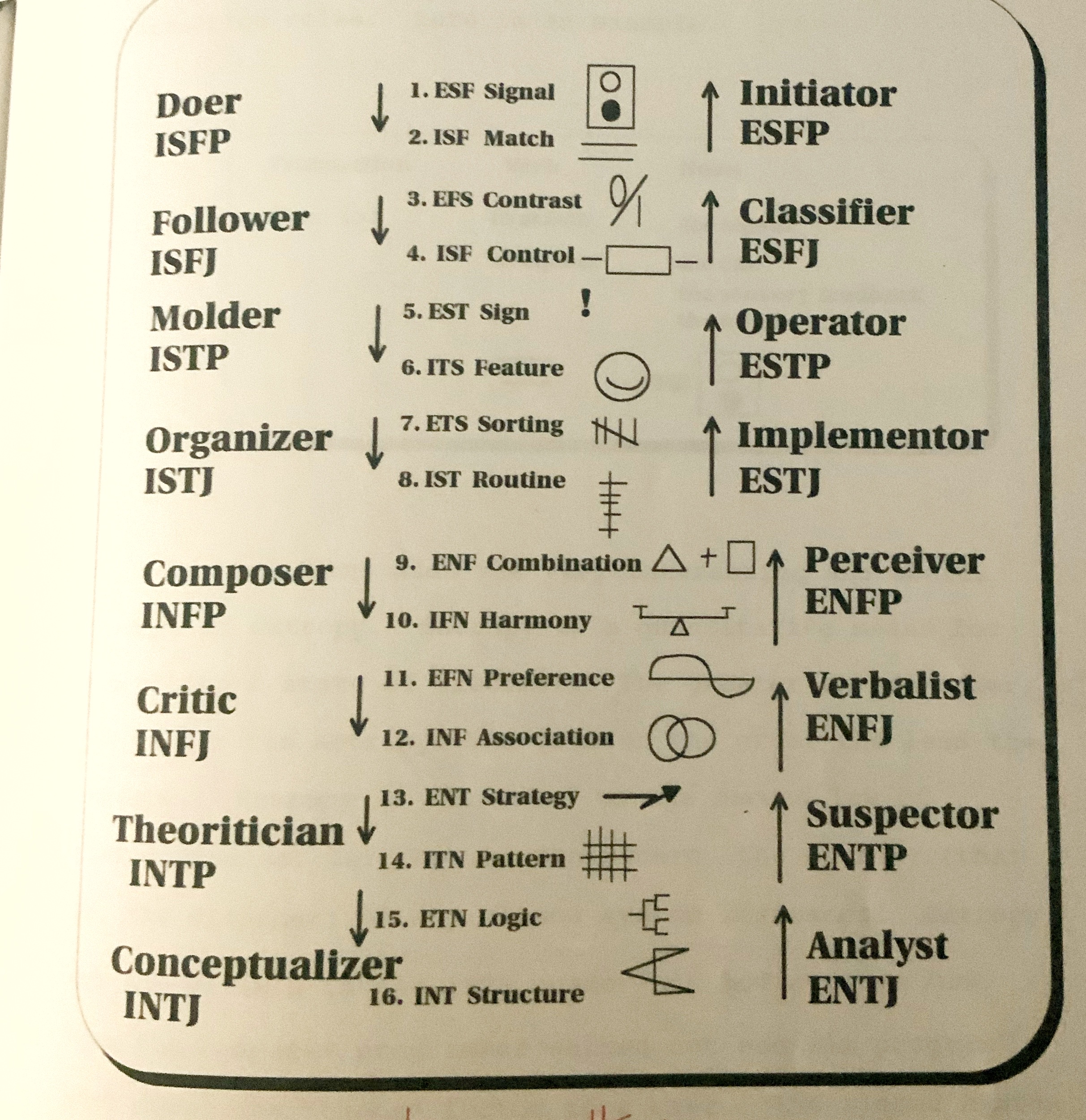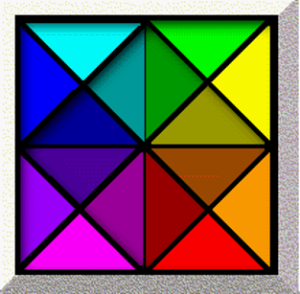
This post is about Walter Lowen’s Type Theory: a brief overview. Lowen was a math teacher at a university in Binghamton, New York. I became aware of his work with Type in the early 90s. I found his ideas exciting and inspirational. So much so that when I entered my Doctor of Ministry studies I decided to write a thesis that would fulfill two goals. I wanted do explain Lowen’s ideas in more layman’s terms. I wanted unpack the ways Personality Type influences spirituality.
Lowen begins with a very simple proposition: for everything there is an opposite thing and when one thing and it’s opposite combine they create a new thing and this idea continues to develop. He takes simple behaviors and build them one atop another until it seems quite complex yet ultimately understandable.
For example, when dealing with the world, we either prefer concrete things or abstract things. Another example is we prefer to deal with things or people. We either prefer the outer world around us for the underworld within.
He divides brain activity between what is conscious and unconscious. He explores 16 different cognitive skills. Then he explores how energy flows between them. All this builds up to what Myers-Briggs personality type theorist understand as before functions: feeling, thinking, sensing, intuition.
One of his significant contributions is what he calls transactional roles.
Next is my chart showing each of the cognitive skills with their names and the directions of energy flow that yield what Lowen calls the Transactional Role.
 As you will learn in another post, Lowen believes that each MBTI type is only the most conscious transactional roll. Each type uses several rolls in decreasing levels of awareness. My contribution is to spell this out for each type since he only explained how this works for one as an example.
As you will learn in another post, Lowen believes that each MBTI type is only the most conscious transactional roll. Each type uses several rolls in decreasing levels of awareness. My contribution is to spell this out for each type since he only explained how this works for one as an example.
In other posts I will explain his concepts in more detail. For now, let us consider the following graphic. I call it the Map of Activity. Imagine that it is similar to a world map. It can be divided north and south and east and west. It can be divided diagonally as if you were considering a map of the US looking at Washington state and Florida or Main and California. Each triangle could be like individual states. Lowen and his co-author actually plot their map on a cross section of the brain.
 <click here for a more detailed introduction
<click here for a more detailed introduction